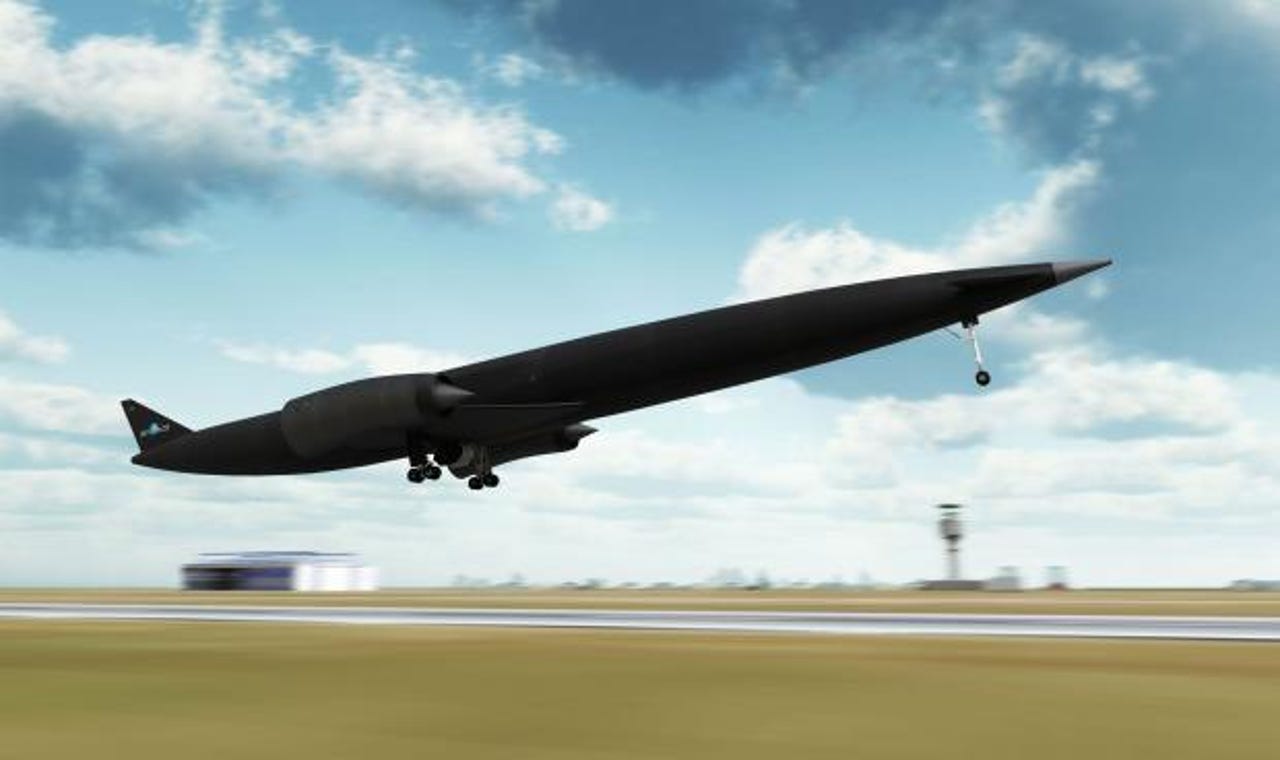With Curiosity on Mars is it time to look at sending people?

Curiosity may have killed the flat cat, but sometimes there are ideas that refuse to die. One of them is Skylon, the British reusable spaceplane concept that grew out of the ashes of British Aerospace's HOTOL project.
Built around designer Alan Bond's SABRE air-breathing rocket engine, Skylon is intended to be a single-stage-to-orbit spaceplane that takes off and lands like a normal aircraft — but with a cargo capacity of 15 tonnes to a 300km orbit. It's like something out of Gerry Anderson's Thunderbirds, a massive aircraft taking container-loads to space.

But Skylon isn't the only thing that the folk at Reaction Engines are thinking about.
If you can get equipment into orbit cheaply and reliably using Skylon, why not go a little further to, say, Mars?
Reminiscent of Werner von Braun's 1954 concept mission, where 10 spacecraft built in Earth orbit make their way in stately convoy to the Red Planet, Reaction Engines' idea is to send six craft as part of a mission called Troy — three unmanned cargo vessels and three crewed ships, with a set of reusable orbital transfer engines that make the initial boost out of Earth orbit.
The three unmanned vessels head to Mars first, leaving in 2026 and taking nine months to cross the void. Each carries three modules that land to form a base — one habitat, one full of supplies and rovers, and the other with equipment to produce fuel and air.
Three separate bases, roughly 120 degrees apart, will give astronauts access to nearly 90 percent of the Martian surface. The ships stay in orbit, with landers, waiting for the crewed vessels to arrive.
Two years later, in 2028, the three crewed vessels leave on their nine-month journeys. They rendezvous with the cargo vessels, and the crews transfer to the landers for a 14-month stay on Mars, before returning to Earth in 2031. Everything they need is already there, delivered by the earlier unmanned mission — ready for a fleet of manned rovers to start exploring the empty planet.
It's a suitably ambitious proposal, but also one that's practical and can give us the infrastructure for a whole range of near- and deep-space missions.
Here's a concept video of the mission.
Troy - Mission to Mars from Reaction Engines on Vimeo.
Oh, and points for anyone spotting the reference to Robert Heinlein's classic 1952 sci-fi novel The Rolling Stones in the first paragraph.